When it Comes to Positioning, Natural Isn’t Enough

Beauty and personal care brands no longer can rely on “natural” or “organic” as their main differentiator when connecting with consumers. According to Grand View Research, the natural cosmetics market is expected to reach a market value worth US$ 48 billion in 2025. It is also projected that the sales of natural cosmetics in a household is to account for over two-third of the global revenues. As the number of natural and organic brands in the market increases, competition is increasing as well. Although being natural is a great door-opener, there should be more to a brand’s story to create meaningful connections with consumers.
NATURAL VS ORGANIC
Savvy consumers choose products that align with their personal values. “Natural” and “organic” are terms that can mean different things to different people. Some may see environmental benefits, some may infer personal benefits, while others may relate to social benefits. There is a strong link between a brand story and a consumer’s personal connection to a brand. Smart brands know how to link their stories to consumers’ needs and desires. This makes it imperative for brands to control their messages, rather than letting others define them.
From the consumer perspective, the difference between natural and organic may not always be apparent. Typically, this distinction lies in the ingredients and the chain of custody between the source and the product manufacturer. An educated customer knows what to expect, especially if they are purchasing from a retailer with similar values such as Whole Foods, or a natural goods store such as Pharmaca. However, brands would be wise to make the social, environmental, and personal benefits of organics as clear as possible to consumers.
For natural brands still struggling to find their voice, or deciding on which stories are most compelling, now is the time to start connecting on a personal level with your audience! The best place to tell these stories is on your packaging, using language and visuals that are true to your brand. In this way, you can stand out from the competitors and resonate with your audience.
Questions a natural brand should be asking:
How can I better differentiate myself from synthetic products?
How can my brand stand out from other natural brands?
How can my brand connect with consumers?

DIFFERENTIATING FROM SYNTHETICS
A logical place to start is to focus on natural ingredients. If you’ve read our previous articles on brand architecture and regimens, you already know that leveraging key ingredients can be a great way for brands to tout what is often their best asset. Focusing on ingredient imagery for packaging and marketing is a great way to convey ‘natural’ visually.
Brands seeking to build deeper consumer connections should also explain why an ingredient was selected for the formulation, and where it originated. Ideally connecting the ingredient to a specific farm, region or — at a minimum — country of origin. Consumers buying natural products love a good backstory, and knowing an ingredient’s provenance strengthens a brand’s credibility.
Consumers are primarily concerned with product performance. However, a consumer seeking products made from natural ingredients does not expect them to necessarily be more effective than a conventional alternative. They seek benefits that do not put the earth, animals, or people in peril. Natural brands can be good and good for you. It’s your job to convey this story in a way that is authentic and unique.
STANDING APART FROM OTHER NATURAL BRANDS
Brands can boast claims all they want; however, few things are as powerful as a third-party endorsement. Many retailers look for endorsed products as part of their qualifying process for inclusion in their store. In fact, some retailers expect certifications will eventually become standard procedure within the natural segment.
We encourage all brands to seek the highest-level third-party endorsements they can achieve, and tout it directly on their packaging. While there are no regulations for the word “natural,” many brands are pursuing certification for organic and other sustainable practices. Remember, certifications can be great, but they serve mostly as assurances. Rarely are they a brand’s complete story.
Here are a few of the certifications a brand can apply for:
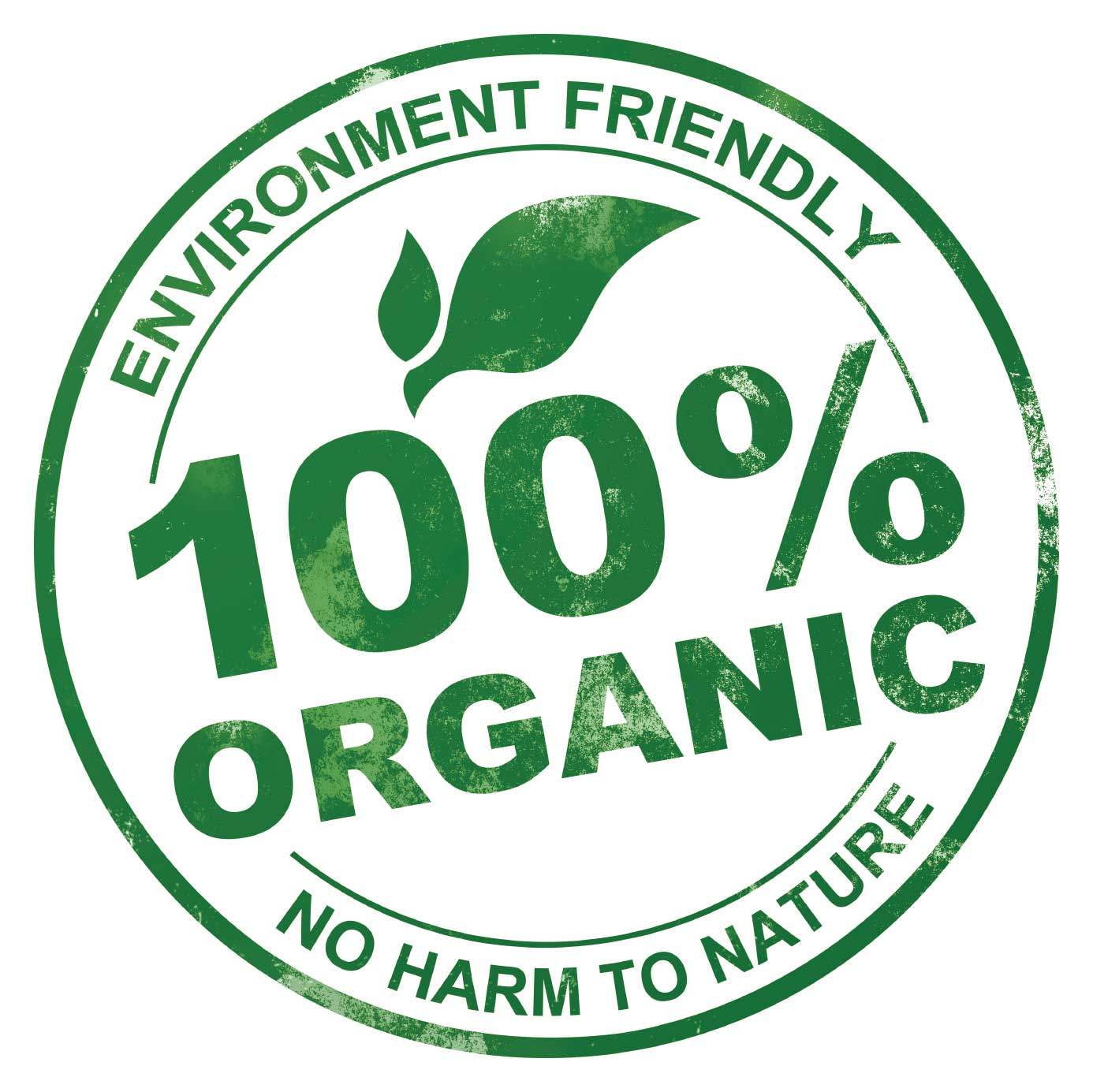 USDA Certified 100% Organic
USDA Certified 100% Organic
For products containing only organically produced ingredients
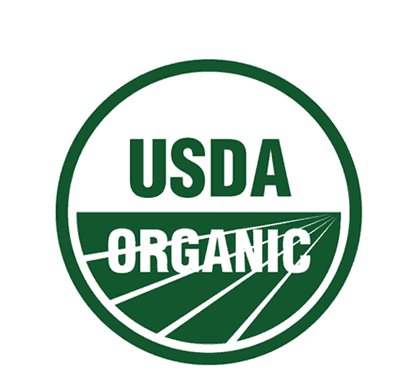 USDA Certified Organic
USDA Certified Organic
For products containing at least 95% organically produced ingredients
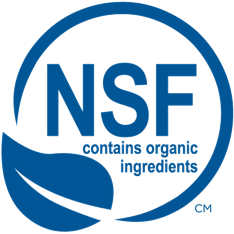 NSF Organic Certification
NSF Organic Certification
For products containing more than 70% organic ingredients
 Fair Trade Certified™
Fair Trade Certified™
For products grown by farmers who adhere to strict economic, social, and environmental criteria
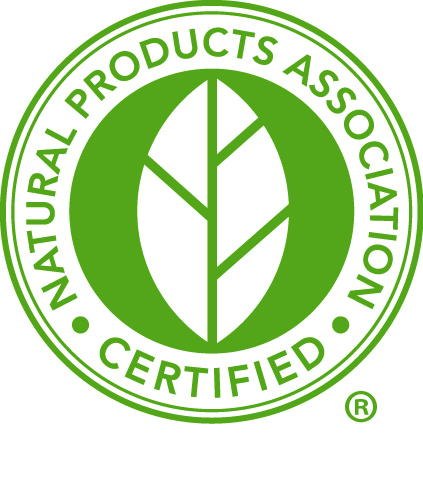 Natural Products Association Certification
Natural Products Association Certification
For products formulated using only ingredients found in nature, with minimal processing
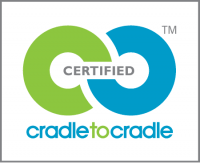 Cradle to Cradle™
Cradle to Cradle™
For products which have been reviewed across five categories — material health, material reutilization, renewable energy and carbon management, water stewardship, and social fairness
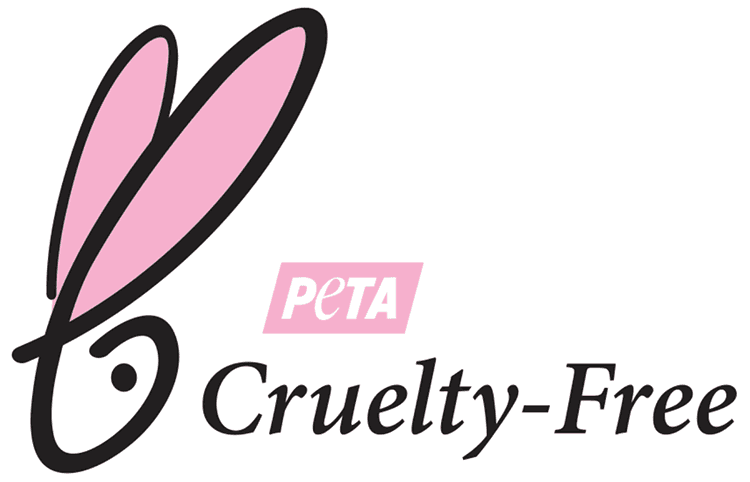 PETA’s Cruelty-free
PETA’s Cruelty-free
For products whose ingredients, formulations, or finished products have not been tested on animals
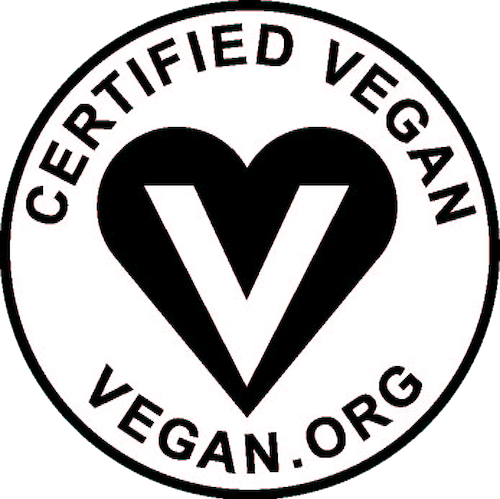 Certified Vegan
Certified Vegan
For products which contain no animal ingredients or by-products and are not tested on animals
SEEKING PERSONAL CONNECTIONS WITH CONSUMERS
For a consumer deciding between one natural product and another, it can often feel as if each product is trumpeting, “Choose me, I am the fairest one of all!” Rather than engage in a holier-than-thou contest with your competitors, you should appeal to consumers in more emotional ways.
According to a recent Global Cosmetics Industries article, 65% of consumers are concerned about social and environmental issues. Of this group, 20% said they would purchase more sustainable products if doing so connected them to a community of peers with shared values. These emotive connections will help turn a consumer into a brand champion.
The most compelling brand stories usually have a person or people behind the brand (if not in the name itself). We have observed that brands have an easier time connecting with consumers if they are able to convey something about the people behind the brand. Simply put, people believe in people, rather than corporations.
YOUR SOCIAL AND ENVIRONMENTAL PRACTICES
Why did you decide to go organic or natural in the first place? Part of differentiating in the vast organic and natural market is in telling your unique story. This is some of the many ways this can be done:
Highlighting health benefits of ingredients or lack of ingredients
Exposing the advantages of farming with natural pesticides and fertilizers
Touting the increased nutrients found in organic products
Featuring sustainable farming practices
Revealing the origin of ingredients
Protecting animals and animal habitats
Packaging in recycled and recyclable materials
Maintaining an employee-owned business
Donating to charitable causes
Convey your beliefs directly on your packaging as a way to connect with consumers. The best example of this is the enthusiastic — and lengthy — prose on Dr. Bronner’s packaging. It reads like a sermon, touting all sorts of beliefs. This may or may not appeal to you, but there is no denying the passion that comes through.
If your stories do not make it to the packaging front, that’s okay. There is usually room on the back and sides. You may consider printing a simple card that is inserted into boxes. While that adds cost, remember that you cannot assume people will go to your website to read your story.

FOCUS AND REFINE YOUR STORY
We reviewed many of the ways brands can take things they’re already doing, and turn them into rich stories. The key is telling the right stories to the right audience — at the right time. Smaller stories become more memorable when bundled together into larger themes, which ultimately become a brand’s key pillars. These pillars represent the foundation of your brand story.
Using this approach, brands can differentiate themselves from other natural and organic products and establish deeper connections with consumers.

